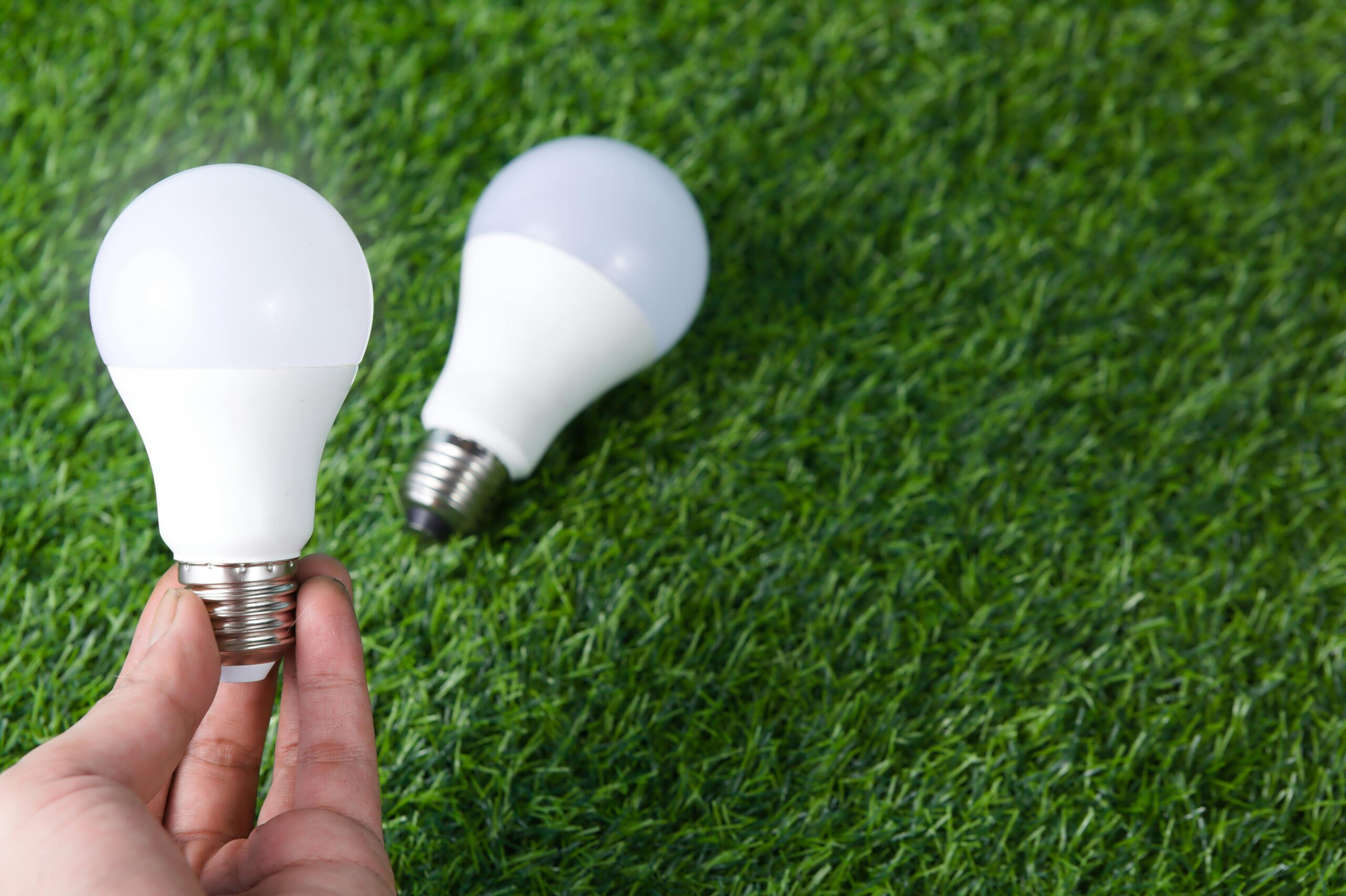Making the switch to LED lighting in your home is one of the smartest upgrades you can invest in today. LED (Light Emitting Diode) technology has revolutionized home lighting by offering exceptional energy efficiency, remarkable longevity, and unmatched versatility compared to traditional lighting options. This article explores why LED lighting benefits extend far beyond simple illumination, diving into the reasons more homeowners are making the transition to these innovative light sources. Whether you’re building a new home or looking to upgrade your existing lighting fixtures, understanding the advantages of LED technology will help you make informed decisions about your home’s lighting design and energy consumption.
Understanding LED Technology
LED lighting works fundamentally differently than traditional incandescent or fluorescent bulbs. Rather than heating a filament or gas to produce light, LEDs create illumination through a semiconductor process that directly converts electrical energy into light. This fundamental difference is why LED bulbs produce significantly less heat while generating the same amount of light as their outdated counterparts. The technology behind LEDs has advanced tremendously over the past decade, resulting in products that offer superior lighting quality, color options, and design flexibility. Unlike early versions that had limited color temperatures, today’s LED bulbs come in a range of warm to cool lighting options that can match or exceed the quality of traditional lighting that many homeowners are accustomed to.
Unmatched Energy Efficiency
Perhaps the most compelling reason to switch to LED bulbs is their remarkable energy efficiency. LED lighting uses approximately 75% less energy than incandescent lighting, which translates to substantial savings on your monthly utility bills. A typical LED bulb consumes just 8-12 watts of electricity while producing the same amount of light as a 60-watt incandescent bulb. This efficiency means that even though LED bulbs typically cost more upfront, they pay for themselves through energy savings within a few months of regular use. For a whole-home lighting solution, the collective impact of energy efficient lighting can reduce your electricity consumption dramatically. As energy costs continue to rise, many homeowners consulting with experts at AskHomey discover that a complete switch to LED lighting is one of the most cost-effective energy-saving upgrades available.
The Impressive Longevity Factor
When it comes to long lasting light bulbs, LEDs simply have no equal in the consumer market. While an incandescent bulb might last 1,000-2,000 hours before burning out, a quality LED bulb can continue functioning for 25,000-50,000 hours or more. This extraordinary lifespan means that an LED bulb used for about three hours per day could potentially last more than 20 years. This longevity is particularly valuable for fixtures that are difficult to access, such as high ceilings, stairwells, or outdoor security lighting. The extended lifespan of LED lighting reduces maintenance costs and the hassle of frequent bulb replacements, making them especially practical for busy homeowners who value convenience alongside efficiency.
Versatility in Design and Application
The compact size and directional nature of LED lighting have opened up entirely new possibilities in home lighting design. Unlike traditional bulbs that emit light in all directions, LEDs can be engineered to direct light exactly where it’s needed. This precision makes them ideal for task lighting in kitchens, offices, and craft areas. Additionally, LED technology can be integrated into flexible strips, tiny fixtures, and even waterproof installations that weren’t possible with conventional lighting technologies. Modern LED fixtures come in countless styles, from vintage-inspired Edison bulbs to sleek, ultra-modern designs that complement any decor. This versatility is why designers increasingly recommend the switch to LED bulbs as part of home renovation projects, allowing for creative lighting solutions that enhance both functionality and aesthetics.
Environmental Advantages
The environmental benefits of LED lighting extend beyond their energy efficiency. LED bulbs contain no mercury or other toxic materials, unlike fluorescent lighting options. This makes them safer to handle and easier to dispose of when they eventually reach the end of their impressively long lives. Additionally, because LED bulbs last so much longer than traditional options, fewer resources are required for manufacturing and fewer light bulbs end up in landfills. Their lower energy consumption also translates to reduced carbon emissions from power plants. For environmentally conscious homeowners, this combination of energy efficient lighting with reduced waste and cleaner materials makes LEDs the clear ecological choice.
Smart Home Integration
One of the most exciting developments in LED technology is its compatibility with smart home systems. Most smart lighting options utilize LED technology because of its efficiency and digital control capabilities. LED lighting can be dimmed, color-changed, scheduled, and controlled remotely through smartphones or voice assistants. This integration allows homeowners to create customized lighting scenes for different activities, automatically adjust lighting based on time of day, or control lights while away from home for security purposes. As home automation continues to grow in popularity, LED lighting remains at the forefront of this technological revolution, offering functionality that traditional lighting simply cannot match.
For more tips and to connect with reliable home service professionals, follow AskHomey on Facebook and Instagram.



